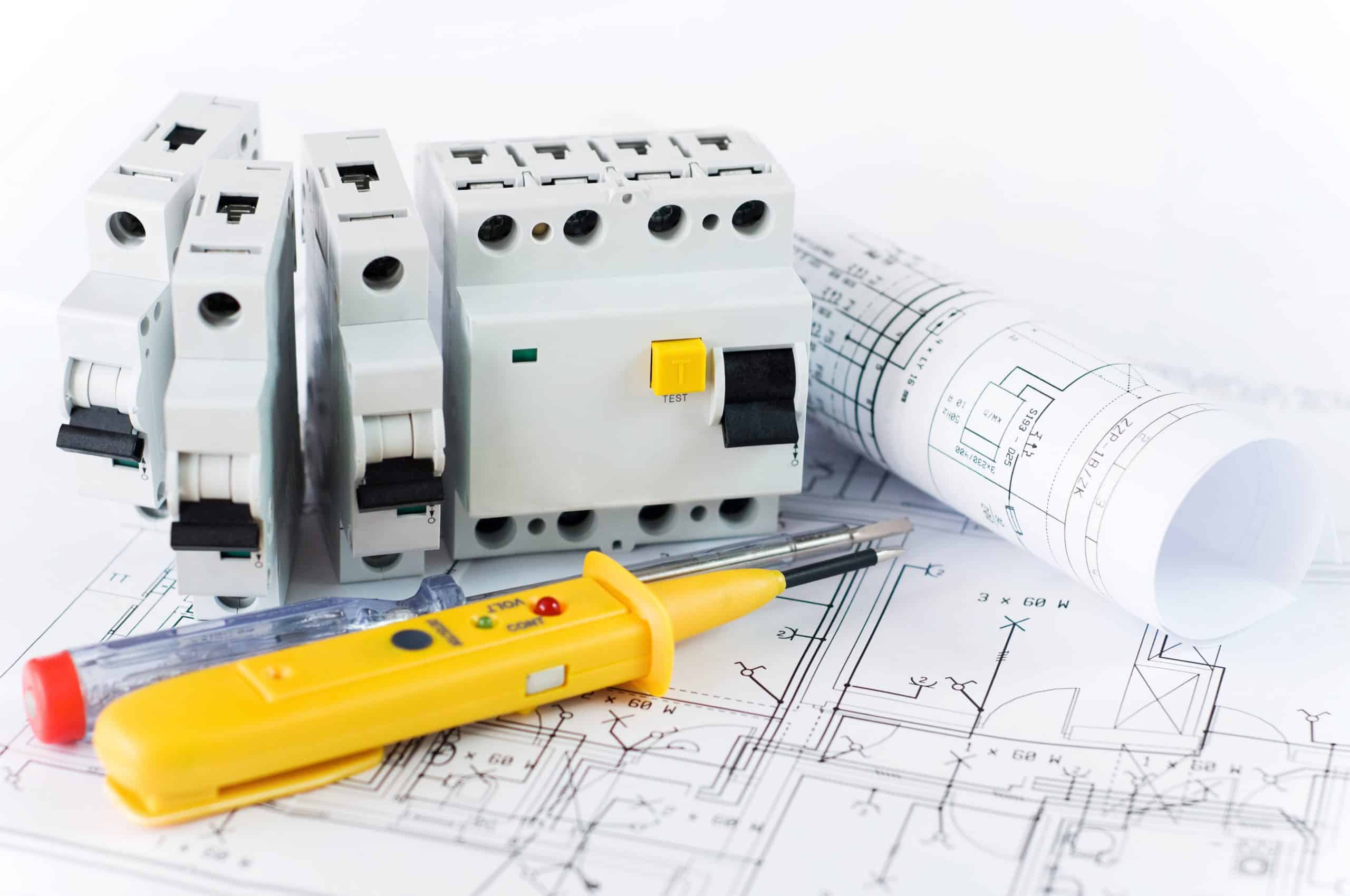Electricity is the beating heart of UK businesses. With systems having the power and potential to keep organisations operational. And enabling staff to work in safe, efficient and productive buildings.
However, the reliance on electrical systems can also present risk. With electrical faults potentially leading to a lot of down-time and a dangerous environment to work in. As well as disruption to services and a possible loss of business.
The chance of eventualities like these make it all the more important for businesses to take all precautionary measures around their electrical infrastructure during installation. Having mechanical and electrical systems installed can make a property run more energy efficiently. However, these systems must be robust, adhere to regulations and be maintained well enough to guarantee longevity. If a business wants to maximise investments and drive long-term efficiency.

A view of the future
Modern buildings require a host of electrical installations to operate successfully. From main electrical power installation, distribution and containment to lighting and communications cabling. Property owners must also consider the very real possibility that the purpose and requirements of their building may change over time. Given that overhauls of such systems can prove costly in both time and money. This means looking further than five years into the future when planning long-term electrical infrastructure.
By looking beyond its immediate future and understanding the smartest long-term solution that will maintain a safe and well maintained space, planning ahead is also future-proofing the investment. Today, efficiency and a reduced environmental impact are huge priorities when it comes to a building’s electrical infrastructure. Working alongside an experienced team of mechanical and electrical installers, decision-makers can set out their goals ahead of an installation project. And understand the exact nature of payback periods and energy savings before work takes place.
Types of electrical installs
The nature of electrical installs can take many forms and no two buildings are the same. This work could span from the partial rewiring of a current premises to a full electrical installation for a new property. Depending on the company’s needs. Regardless of the type of project required, doing your due diligence prior to the work taking place is essential. Not only will this help to identify the specific electrical needs before the full installation process, but it will help you to make informed decisions about the right systems. That will not only be fit for today, but will reduce costs and reduce the need for replacements in the long run.
Regulation is also another key consideration during the planning phase. Especially as modern buildings are becoming increasingly complex. As new, more energy-efficient systems come into play, the standards for electrical installations may well change. In order to reflect the changing needs of a property. Those who plan for this change when assessing their electrical service needs will ultimately be best placed for greater cost and energy efficiency.
That said, with so many moving parts, it can understandably prove challenging for decision-makers to know what their electrical requirements are and how best to plan for the future. That’s why comprehensive installation services that manage the process from the initial survey all the way through to the finishing design touches provide a business with clarity over the exact electrical needs of a building. At every stage, from install through to completion. Installation and maintenance staff are trained to be aware of the potential risks when performing any works. This includes risks to the property, themselves and property occupants. Both during the install and further down the line, should issues with systems occur in the future.

PFSWeb
“The new system is energy saving and works well with the control system we currently have in place. We like that the lights time out when an area is not in use and found that Ecolighting were the best solution for our requirements. We are very pleased with the results and would highly recommend them to complete an installation for anyone in the market looking to upgrade their current lighting or to install a new lighting system.”
Lisa Cooley, General Manager
Maintenance for longevity
Business downtime and potentially hazardous working environments are both very real possibilities when an electrical fault occurs. However, with the right level of maintenance work in place, properties can extend the lifespan of their electrical systems. And keep them fully functioning at all times. What’s more, a robust and future-proofed electrical infrastructure can make a property more commercially viable. By investing in the right services, managers can make their building a more attractive and low maintenance proposition for potential buyers.
Preparing a building’s electrics for long term operation is not only done during the planning phase. Once installed, these systems must be properly maintained in order to remain effective for longer.
Maintenance of electrical systems
This maintenance is crucial. As it can determine how the property is being affected by internal environmental conditions. It is essential to provide conditions that create a safe and efficient work environment. And contribute towards maximum performance so the organisation can function at an optimum level.
With mechanical and electrical maintenance, it is easier to have a schedule instead of relying on emergency and reactive maintenance. Should something break down, efficiency and productivity will likely be reduced for a certain amount of time. Whereas with scheduled maintenance, it is likely potential issues will be caught proactively before it has time to cause disruption. This supports facilities managers in their daily operations and helps to minimise risks of downtime. And more importantly, reduces safety risks for those within the property.
In order to keep systems functioning, it is also important to perform regular internal audits and health and safety inspections on electrical and mechanical components. To make sure that health and safety compliance requirements are being met. This combination of forward planning and a proactive approach to service and maintenance is the key to ensuring that electrics maintain performance and keep businesses operative. Both immediately after install and for years to come.

